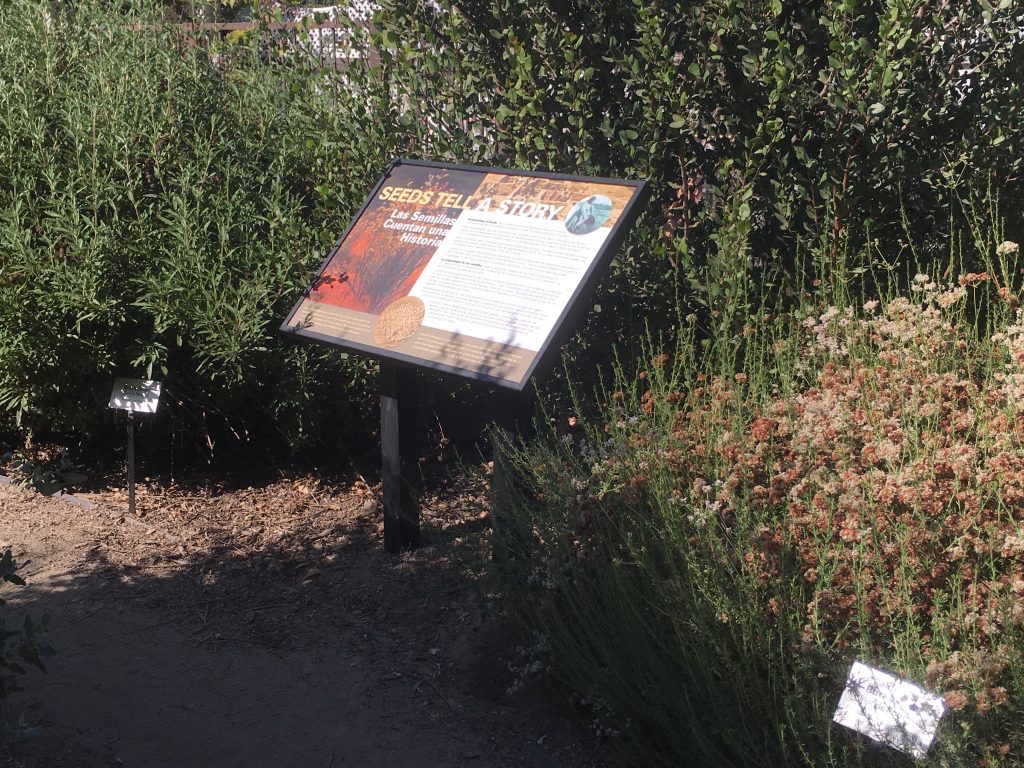Museum Map
View our museum map with your mobile device for easy access during your visit.
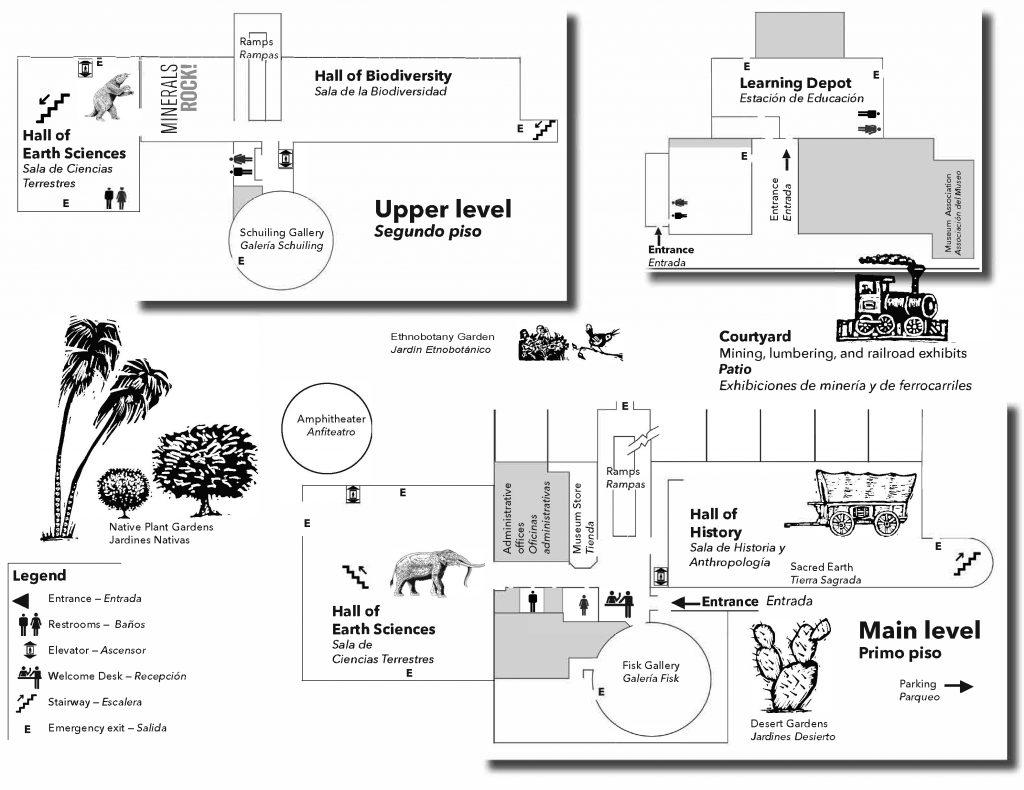
Changing and temporary exhibits.
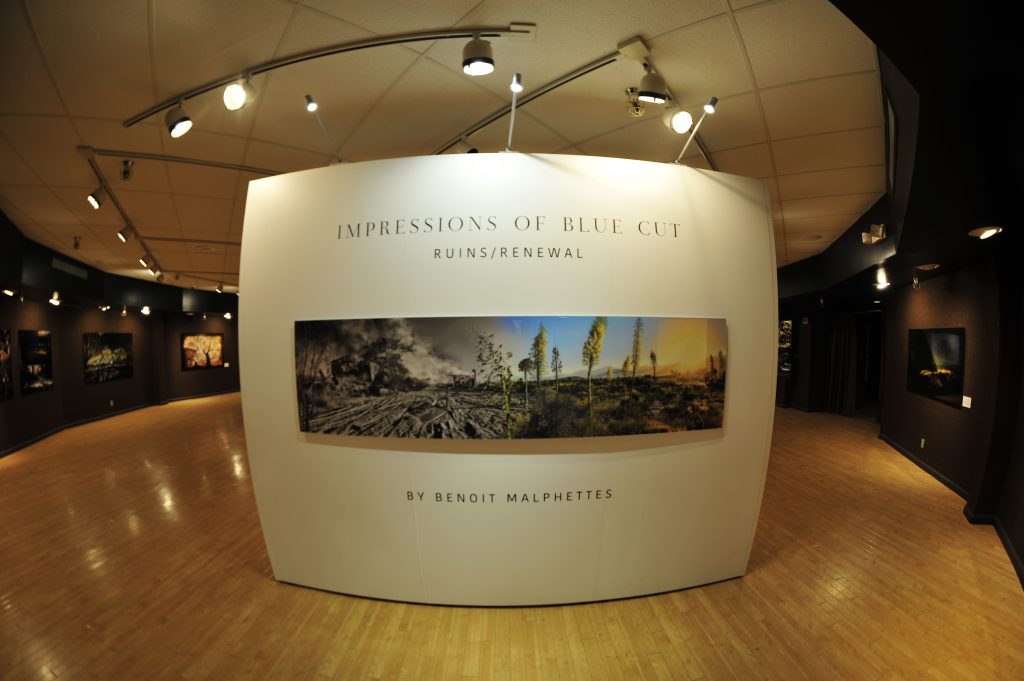
San Bernardino County is home to diverse habitats including deserts, mountain ranges, and coastal sage scrub plant communities, making it a biodiversity hotspot. Hall of Biodiversity sparks conversations about our local biodiversity and invites visitors to consider their unique role as part of this ecosystem hotspot. Along the way, visitors will encounter mammals, reptiles, insects, birds, and eggs of this diverse region.
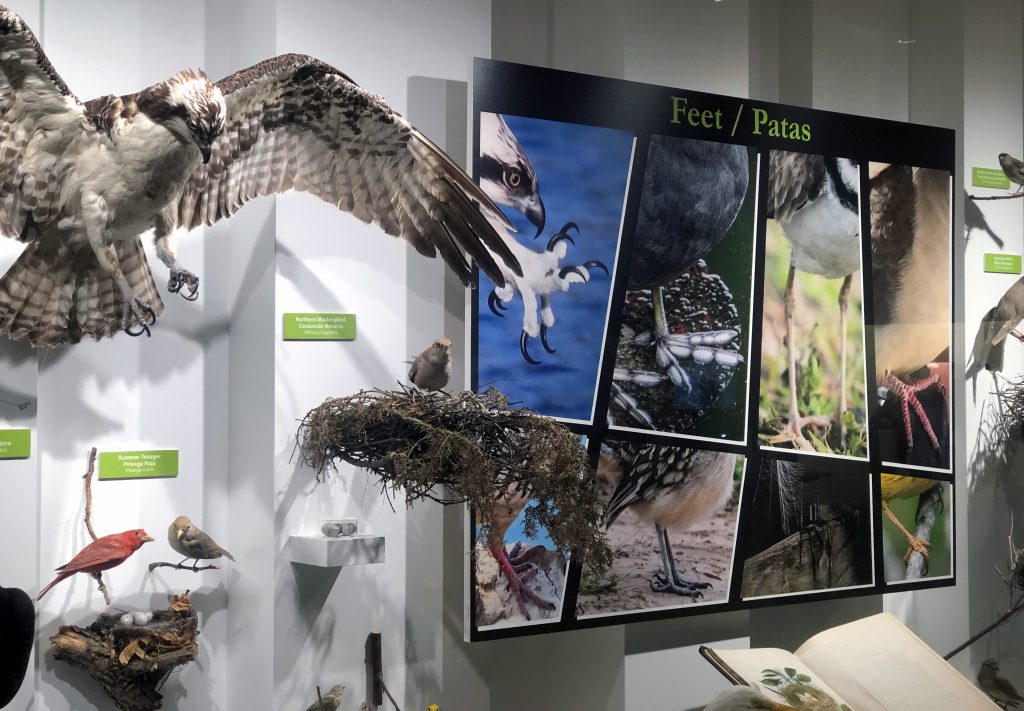
The Hall of Earth Sciences features an exciting adventure through time and space. From the moment you enter from the main floor, you are greeted by our life size †Mammut pacificus which isn’t only found in southern California; some specimens as far north as southern Idaho have also been reassigned to the species. Follow the path of the mastodon as you explore our model of a real paleontological dig site, older fossils from major eras, the plate tectonics exhibit, and the fossil prep lab. Continue to the 2nd floor and learn what marvelous creatures ruled the major eras of our Earth’s history through our collection of regional fossils. The 2nd floor has information on faults and earthquakes, the geology of San Bernardino County, and fossils that are a mix of Pleistocene and older Cenozoic taxa (e.g., the Miocene age dolphin). Finally, view our beautiful mineral collection while learning about the role minerals play in our bodies, culture, technology, and trash.
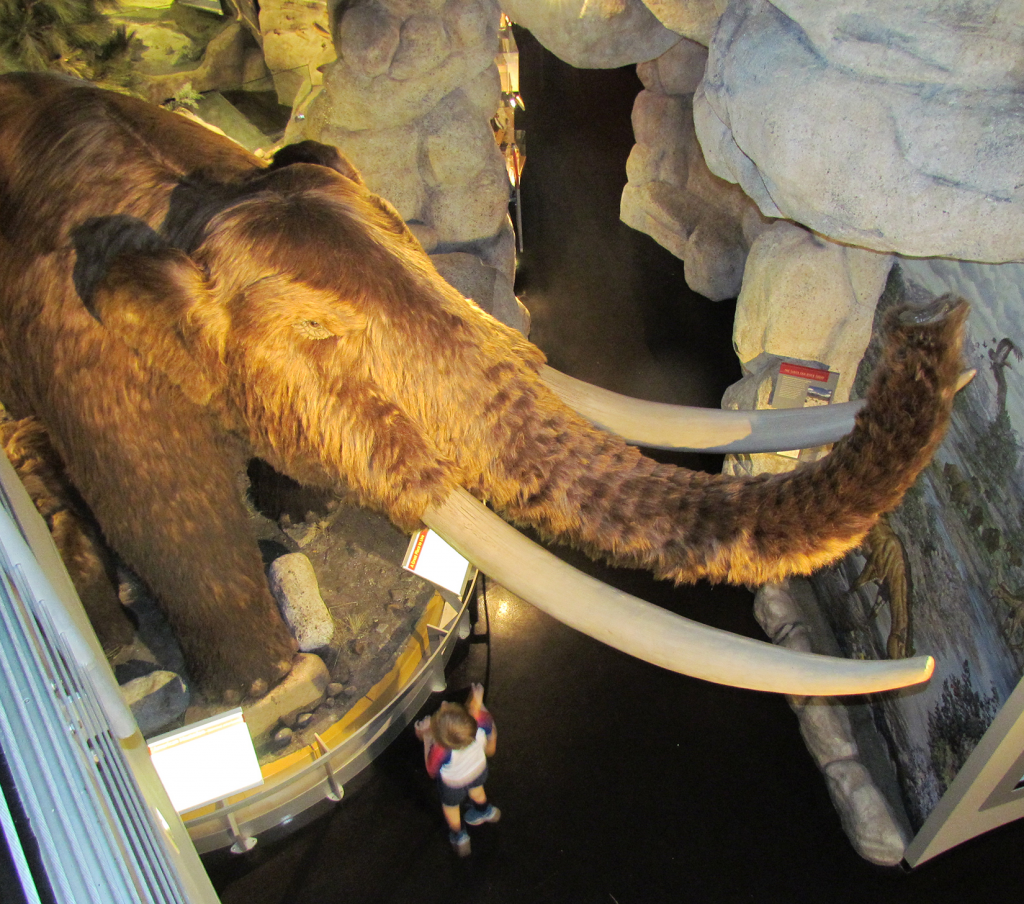
Explore how so many roads led to (and through!) San Bernardino County. View a Mexican carreta, a covered wagon that crossed the Mojave Desert from Salt Lake City, a horse-drawn buggy, and historic automobiles that took part in the discovery and development of Inland Southern California. Be immersed in one of the Inland Empire’s largest businesses, the citrus industry, and try your hand at picking, sorting, packing, and shipping citrus fruit, just like so many have done for over 130 years! Walk through the beauty of Sacred Earth and explore the heritage of the indigenous cultures upon whose land the museum now inhabits.
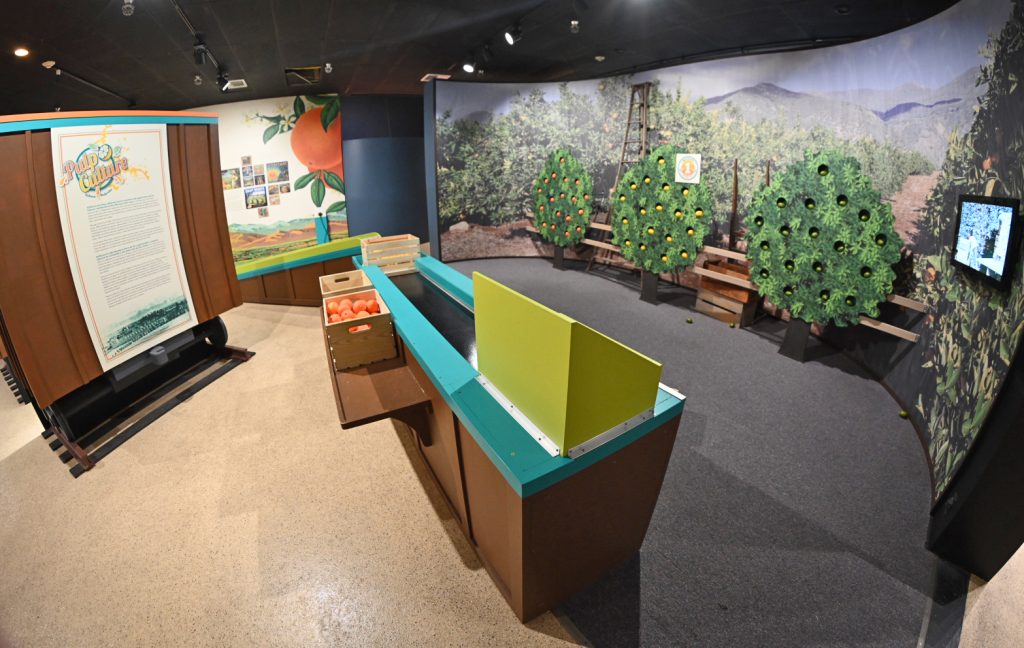
Plants play an essential role in the survival and success of all living beings! They provide energy (food) either directly or indirectly, for all life. They are also used as building materials, tools, clothing, and medicine. Visitors can explore our desert gardens to learn about desert plants and learn how human actions continue to shape this ecosystem.
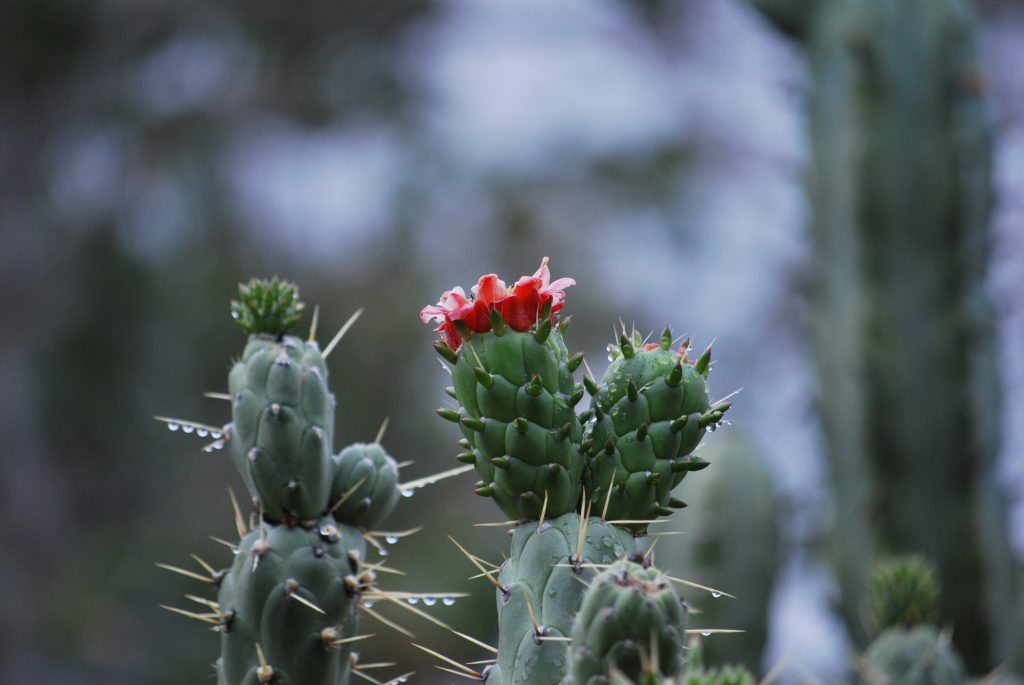
The Ethnobotany Garden, highlights local plants historically stewarded by the local tribal community. Many plants in our region have been traditionally used for food or their medicinal properties. With the advancement of science and technology, plants still play an active role in how humans heal. In our garden, visitors are immersed in a shared space, where animals, plants, and humans come together and live in harmony. Here, visitors learn that our relationship to the land is symbiotic, and our health is integrally tied to the health of the land, whether it’s physically, emotionally, or spiritually.
